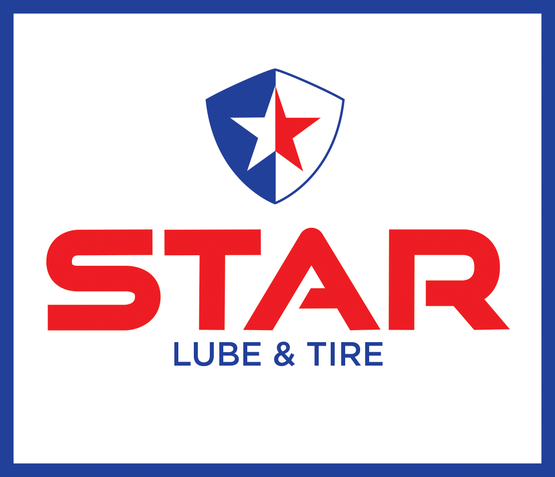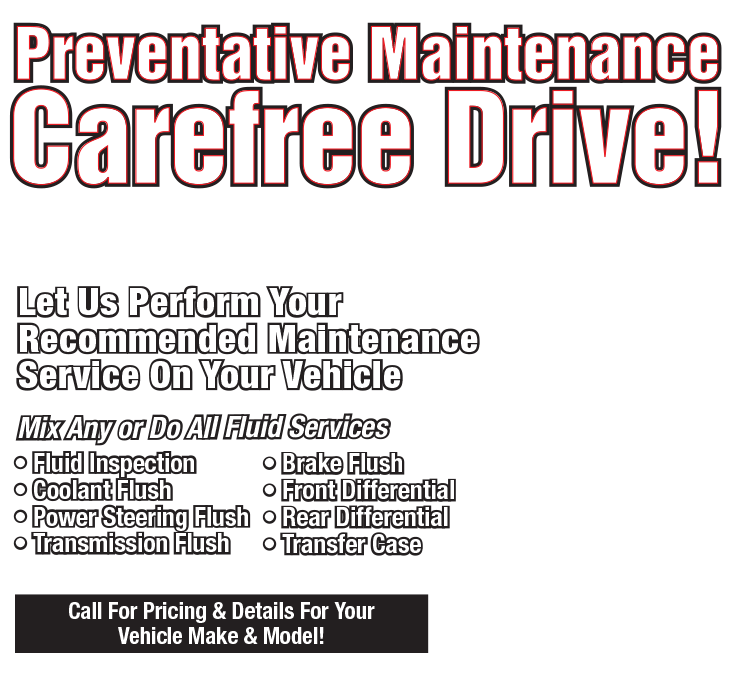Flat Tire? Three?s the Charm (Tire Repair)
April 13, 2025
For most drivers, at some point you’re going to have a flat tire. Depending on how it was damaged, it may have to be replaced. But sometimes, a repair will do the trick, as long as the puncture isn’t on the sidewall and the hole is smaller than ¼ inch/6.35mm in diameter. Here are the three common ways your tire can be fixed.
One way is to put a plug in the hole. Since most tires are damaged by running over sharp objects such as screws and nails, the small hole from which the air is escaping is on the part of the tire that touches the road. If it’s in the sidewall, it most likely can’t be fixed.
In the plug method, a technician inserets a rubber plug. It is covered with some sticky, gluey stuff, and is pushed into the hole from the outside. That plugs the hole and stays in place, thanks to the glue. Friction from driving heats it up and seals the deal.
Another method is to patch the hole. For this, your tire has to first be taken off the vehicle, then off the rim so the technician can get access to the inside. There, they’ll clean the inside surface around the hole and apply a rubber patch with an adhesive on it. This type of patch works well, and because of the extra steps and complexity, costs more than having your tire plugged.
There’s also a combination of those methods just described, the plug-patch. It is, in essence, a type of patch with glue on it that has a plug sticking out of it. The plug is inserted into the tire from the inside and pulled through the hole from the outside, drawing the attached patch tight against the tire’s inside surface. The last two methods can’t be used if the hole is near another repair or the sidewall.
The good news is if it’s fixed properly, your repaired tire should give you good service.
Star Lube Branson
598 State Hwy 165
Branson, MO 65616
417-239-2886
http://www.starlubebranson.com
Need Service?
More articles from Star Lube & Tire of Branson

Stopping "Brake" Downs (Brake Pad Replacement)
December 14, 2025
If someone tells you to put the brakes on something, you know it means stop. And stopping is one of the most important safety maneuvers you can do in any vehicle. That means your brakes have to work properly. Let's face it. You stop dozens of times every time you drive. And over time, that t... More

Giving CV Joints the Boot! (CV Joint and Boot Replacement)
December 7, 2025
Ever wonder how your vehicles transmission is connected to your wheels? After all, when you hit a pothole or some other uneven part of a roads surface, there has to be something that can maintain the connection between the transmission and the wheel yet keep everything moving at the same speed. ... More

Objects in the Mirror (Rearview Mirror Safety and Maintenance)
November 30, 2025
You may remember a song that went, "Objects in the rearview mirror may appear closer than they are." While that was a song about life's lessons, there are a few things we should all know about how important rearview mirrors are to safe driving. While new electronic devices are helping drivers be ... More








